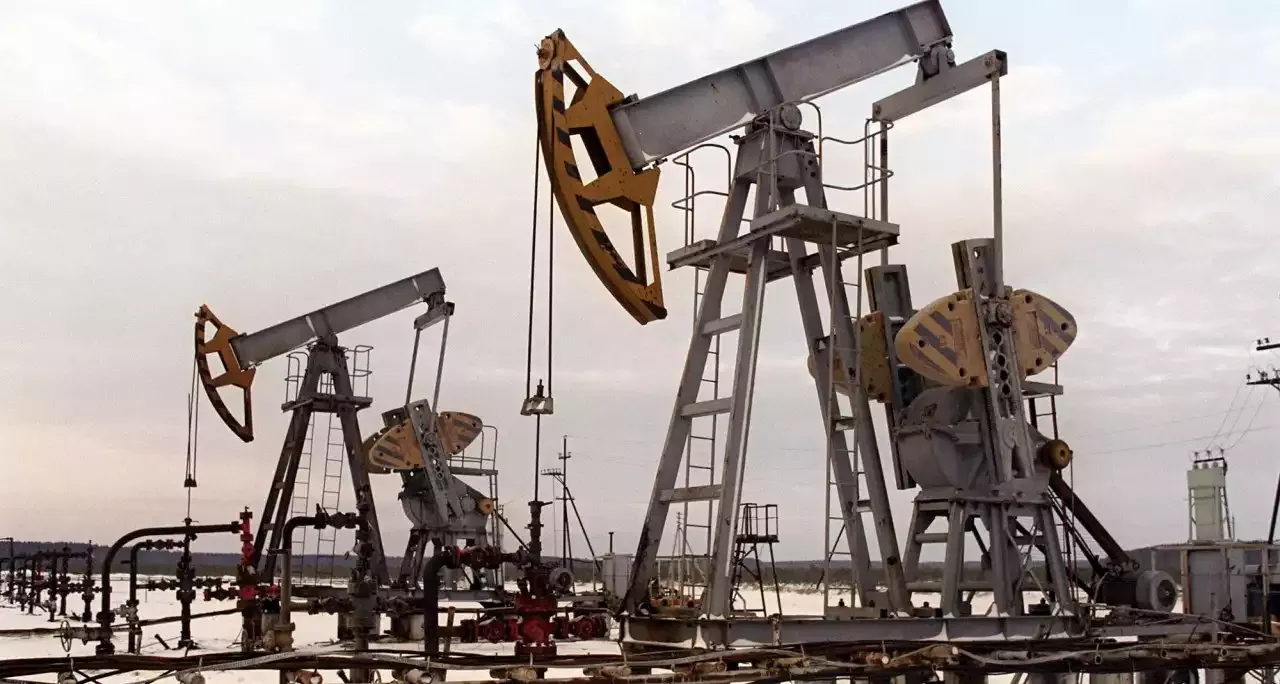, a higher level than earlier signalled. That’s based on speeches and references to historical pricing data that officials have said they will use as a partial guide.
Shipbroker Braemar estimates that to support four million barrels a day of Russian exports to the far east, many of the recently-transacted vessels will need to be added to the 240 ships – 102 Aframaxes, 58 Suezmaxes and 80 very-large crude carriers – that have carried Iranian and Venezuelan crude in the past year to form a large shadow fleet that will support Moscow.
Once the sanctions kick in, European seas will almost certainly be off limits for these so-called STS transfers, and it won’t be very helpful for Russia or its buyers to do them inside the Baltic Sea. That’s because, ideally, Asia-bound oil will be transferred onto giant supertankers that are too big to get out of the Baltic with cargoes on board.
Another STS transfer option could be out on the high seas, even in the middle of the Atlantic Ocean where waters fall outside maritime jurisdictions controlled by European nations. Shippers zeroed in on an area in the mid-North Atlantic near a cluster of islands known as Azores, an autonomous region of Portugal, as a possibility.
